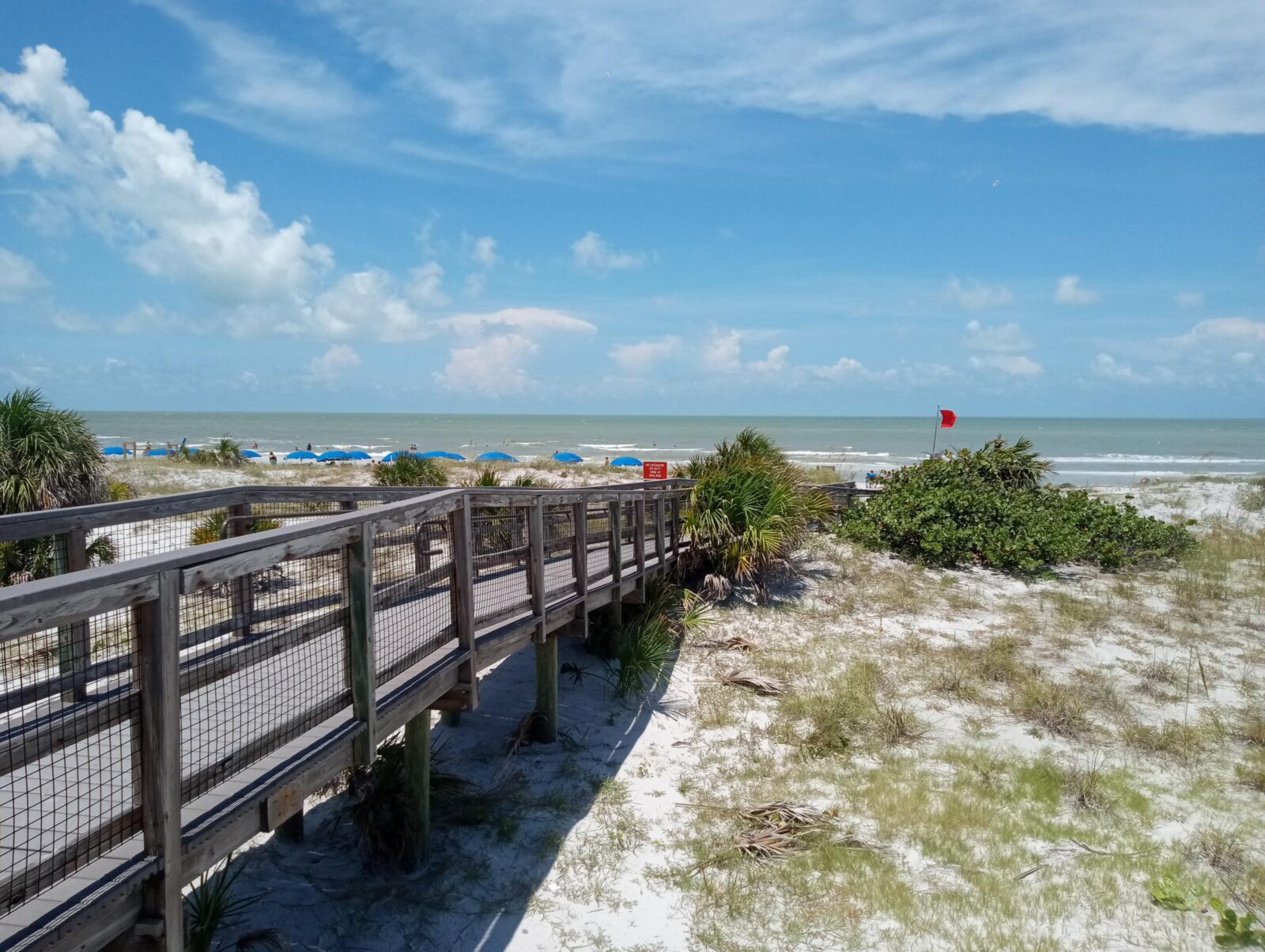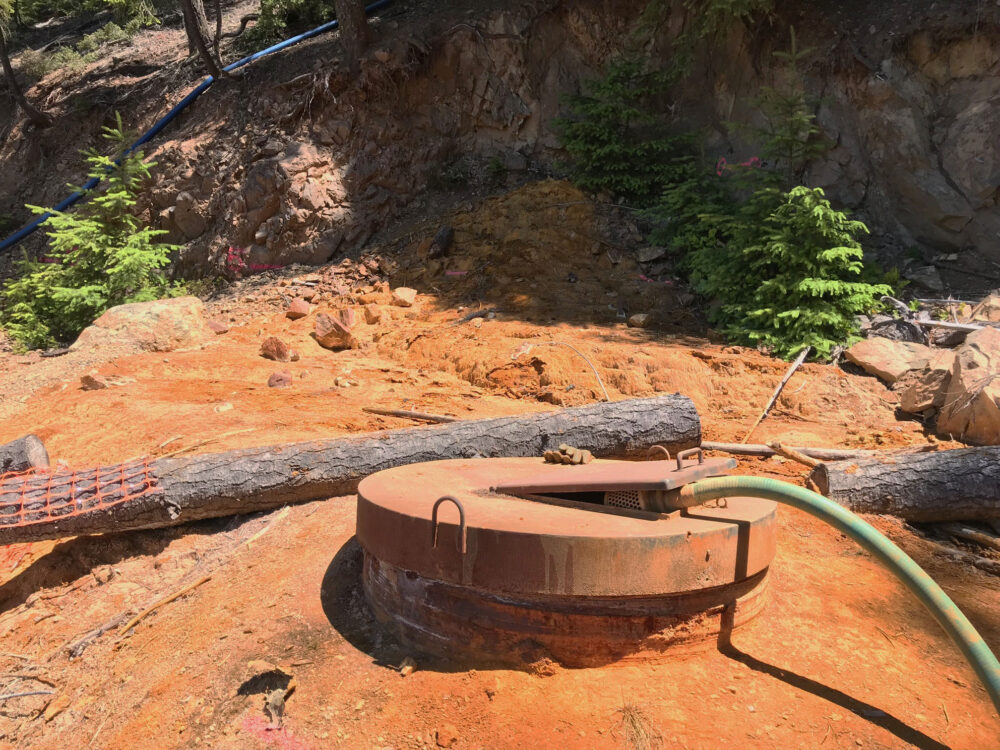We have much more to do and your continued support is needed now more than ever.
Florida State Parks Under Threat

If you surveyed Floridians, the majority of them would likely agree that one of the best things about Florida is our state parks. We love our parks in Florida, and rightfully so. They’ve received national recognition (gold medal status!) four times in recent years and are widely used by Floridians and visitors from around the world alike. This week the Florida Department of Environmental Protection (FDEP) announced its “Great Outdoors Initiative,” which sounds like good thing for our state parks.
Sadly, in reality, it is a horrible idea for Florida and our parks. Conservation, outdoor recreation, and community groups from around the state have rallied in deep opposition to this initiative. The National Wildlife Federation is working with partners and allies across Florida to oppose this destructive effort, and so should you.

What is the Great Outdoors Initiative?
The Great Outdoors Initiative targets nine state parks for varying degrees of new development. The projects range from golf courses to 350-room resorts. Smaller proposals will alter the mission of the parks and displace natural areas, and this is just the beginning. This is not what are state parks are for or why we love them.
Jonathan Dickinson State Park would lose habitat and open space for golf courses. Anastatia State Park would lose maritime hammock habitat for a 350-room resort, as would Topsail Hill Preserve State Park. Grayton Beach State Park would lose valuable coastal open space for pickleball courts and a disc golf course. And Honeymoon Island State Park, described by FDEP itself as “one of Florida’s best-loved state parks,” would lose coastal open space for pickleball courts.
State parks are for enjoying nature
At the heart of this issue is that public lands, purchased for conservation or nature–based passive recreation, should not be turned into amusement centers with golf courses, resorts, and the like. Florida already has golf courses, recreational sports areas and resorts in abundance, but these special landscapes are unique and irreplaceable—and they should remain that way. We should be setting more land aside for nature to thrive, not taking acres of wildlife habitat away.
Wild places in our parks provide critical habitat for threatened and endangered species. Parks provide tremendous ecosystem benefits in terms of essential habitats, reducing nutrient pollution into coastal waters, clean air, clean water, flood control, springs protection and climate resiliency. These benefits are far more important than increased gate receipts.
Parks connect future generations to nature. The economic benefits from wildlife viewing, fishing, paddling, camping, hiking and overall attendance are significant. Some of the parks targeted are already major revenue parks in Florida. This FDEP proposal is a bad idea that cuts to the core of why we set aside these wild places for people and wildlife in the first place.

I recently took a trip to Caladesi Island State Park, the sister park to Honeymoon Island State Park—no golf courses, no resorts, no disc golf and no pickleball courts. Just wildlife, trails, beaches, open space, and nature. It was and is perfect.
Florida’s state parks are the birthright of all Floridians, owned and managed in public trust by agencies like FDEP. They connect Floridians to our natural heritage. They are places our children will inherit as they become the next generation of Floridians who explore and enjoy public lands. Our legacy to them should not be golf courses and resorts.
Go out and see for yourself! Visit a Florida state park. Bring your snorkel, fishing pole, canoe, hiking boots, camera, backpack or tent. Pack up the family, pick a park and watch the wonders of nature together. Share that space with Florida wildlife.
But leave the golf clubs at home.





















